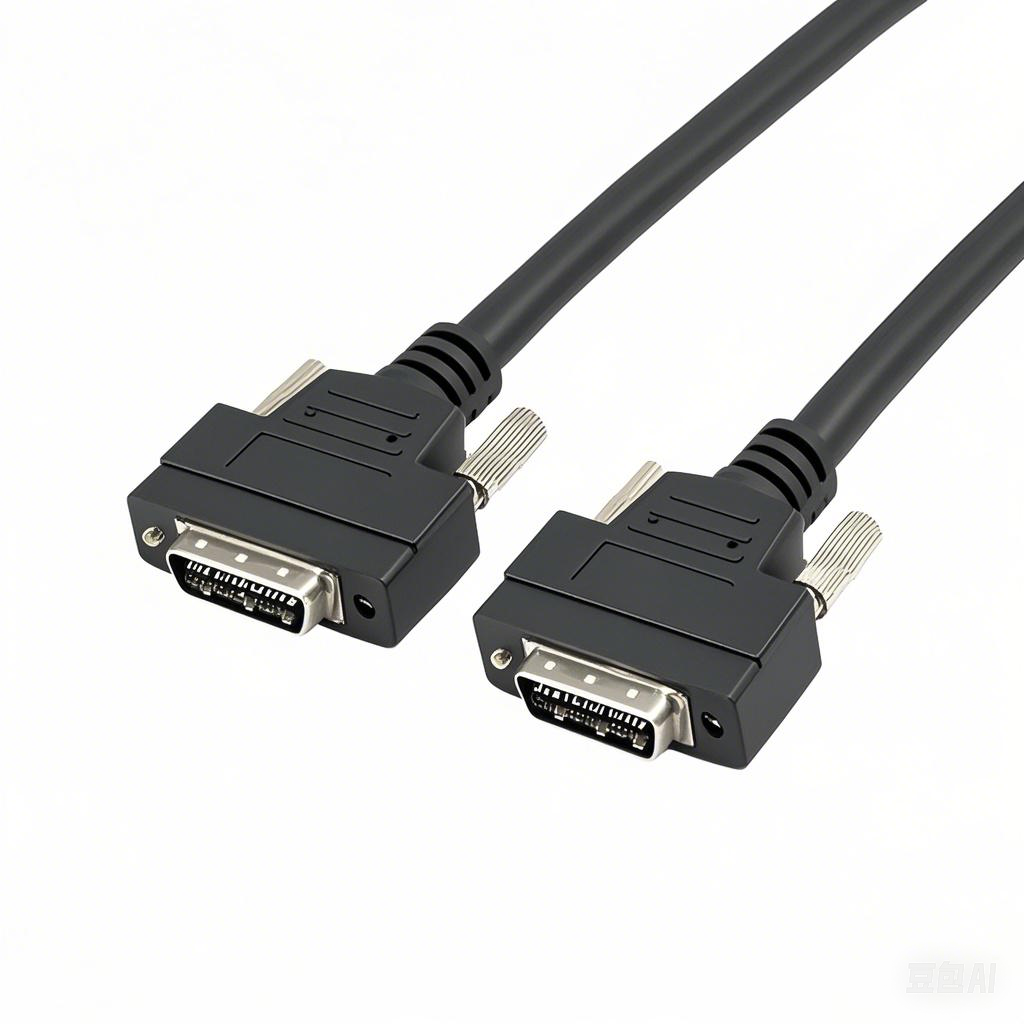How to Label Machine Vision Cables Effectively
Machine vision systems are the meticulous eyes of modern automation. But behind the powerful cameras, sophisticated sensors, and intelligent processors lies a potential nightmare: a tangled web of identical-looking cables. Power, data (GigE, USB3, Camera Link, CoaXPress), I/O triggers, lighting control – mix them up during installation, troubleshooting, or maintenance, and you face costly downtime, system errors, or even hardware damage. Effective cable labeling isn’t just neat; it’s essential for system reliability and technician sanity. Here’s how to do it right:
1. Choose the Right Label Material:
- Durability is King: Factory floors are harsh. Labels face abrasion, chemicals (coolants, oils, solvents), temperature fluctuations, and frequent handling. Standard paper labels won’t cut it.
- Recommended: Opt for polyester, vinyl, or polyimide (Kapton) labels. These offer excellent resistance to chemicals, abrasion, and high temperatures.
- Printing Method: Use industrial-grade thermal transfer printers with resin-based ribbons. Avoid direct thermal labels (they fade quickly with heat and UV exposure) and inkjet/laser printed labels lacking protective coatings. Resin ribbons provide superior smudge and chemical resistance compared to wax or wax-resin.
2. Prioritize Permanent, Legible Identification:
- Machine-Readable Optional, Human-Readable Mandatory: While barcodes or QR codes can be useful for advanced asset tracking, clear, simple text is crucial for quick identification during hands-on work.
- Content is Key: Include:
- Cable Function: Be specific (e.g., “Main Camera Power,” “Trigger Input,” “Backlight Control,” “GigE Camera 1 Data,” “RS-232 Comm”).
- Source Device: (e.g., “From Controller,” “From Power Supply A,” “From PLC DI Card”).
- Destination Device: (e.g., “To Camera 1,” “To Ring Light A,” “To PLC Input 5”).
- Potentially: Unique cable ID or port number if part of a larger standard.
- Font and Size: Use clear, sans-serif fonts. Ensure text is large enough to be easily read without strain, even in poor lighting. Test readability at a distance.
3. Strategic Label Placement:
- Both Ends: Always label both ends of every cable. Knowing where a cable ends at both points is critical for tracing circuits.
- Near the Connector: Place the label 1-3 inches (2.5-7.5 cm) from the connector boot. This is the most critical point for identification during connection/disconnection.
- Crucial: Ensure the label does NOT interfere with connector mating, strain relief mechanisms, latch operation, or adjacent ports.
- Visibility: Orient labels so the text faces outward when the cable is plugged in naturally. Avoid placing labels where they will be hidden behind other cables or equipment.
- Consistency: Apply labels consistently on the same relative position along the cable (e.g., always on top near connector) across all system cables.
4. Consider Cable Routing and Environment:
- Protection: For cables routed through cable carriers (e.g., drag chains), ensure labels are placed where they won’t get caught or peeled off. Heatshrink labels or label sleeves offer extra protection here.
- High-Flex Areas: Avoid placing labels directly at severe bend points where constant flexing will cause adhesive failure. Place them adjacent to, but not within, the main flex zone.
- EMI Concerns: While less common, be aware that thick metalized labels could potentially affect very high-frequency signals (like RF coaxial cables). Standard data/power cables are generally fine with standard labels. When in doubt, place the label slightly further back.
5. Applying Labels Securely:
- Surface Prep: Ensure the cable jacket is clean, dry, and free of oil or grease before applying the label. Use an approved cleaning solvent if necessary (test compatibility first).
- Wrap Labels: For the most secure hold, especially on thinner cables or in demanding environments, use wrap-around style labels. These adhere securely to themselves, offering greater surface contact. Flag-style labels (sticking only to one side) are less secure.
- Smooth Application: Apply the label smoothly and firmly to avoid wrinkles or air bubbles, ensuring maximum adhesive contact.
- Heatshrink Labels/Sleeves: For ultimate permanence and protection, use labels embedded in clear heatshrink tubing or dedicated heatshrink label sleeves. Shrink them onto the cable near the connector.
6. Labeling Accessories:
- Connectors: Consider labeling the ports on devices themselves using panel-mount labels or Dymo-style labels near the port. This reinforces the cable-to-port connection mapping.
- Cable Bundles: Use large, clear labels or tags on cable ties/loom when bundling multiple cables running the same path.
7. Standards & Maintenance:
- Develop a Standard: Document your labeling convention (text format, abbreviations, colors if used, placement rules) and ensure everyone follows it.
- Consistent Colors: Using label colors to denote cable type (e.g., red for power, blue for GigE data, green for I/O) can provide instant visual recognition, supplementing the text. Stick rigorously to the color code.
- Inspection: Include cable labels in regular system maintenance checks. Replace any faded, damaged, or peeling labels immediately.
- Documentation: Keep system schematics updated, referencing cable IDs if used, correlating them with your physical labels.
Bonus Tip: Handling Unlabeled Cables (Legacy Systems or Emergencies):
- Temporary Fix: If you must label an already installed cable, use a sharpie on quality flag tape, clear heatshrink tubing (write on it then shrink), or a Tyvek tag. While less ideal, it’s better than nothing. Replace with a proper label ASAP.
- Trace Thoroughly: Before disconnecting any unlabeled cable during troubleshooting, do your absolute best to trace both ends and document it clearly before unplugging.
Conclusion:
Investing time in robust machine vision cable labeling is an investment in uptime, reduced maintenance costs, and operational efficiency. The minor cost of durable labels and a good printer pales in comparison to the cost of an hour of production lost while a technician traces misconnected cables. By choosing the right materials, applying clear and consistent information strategically, and protecting labels against the environment, you ensure your machine vision system remains visible in its performance, not hidden in a mess of unidentifiable wires. Make labeling a non-negotiable part of your installation and maintenance procedures.











